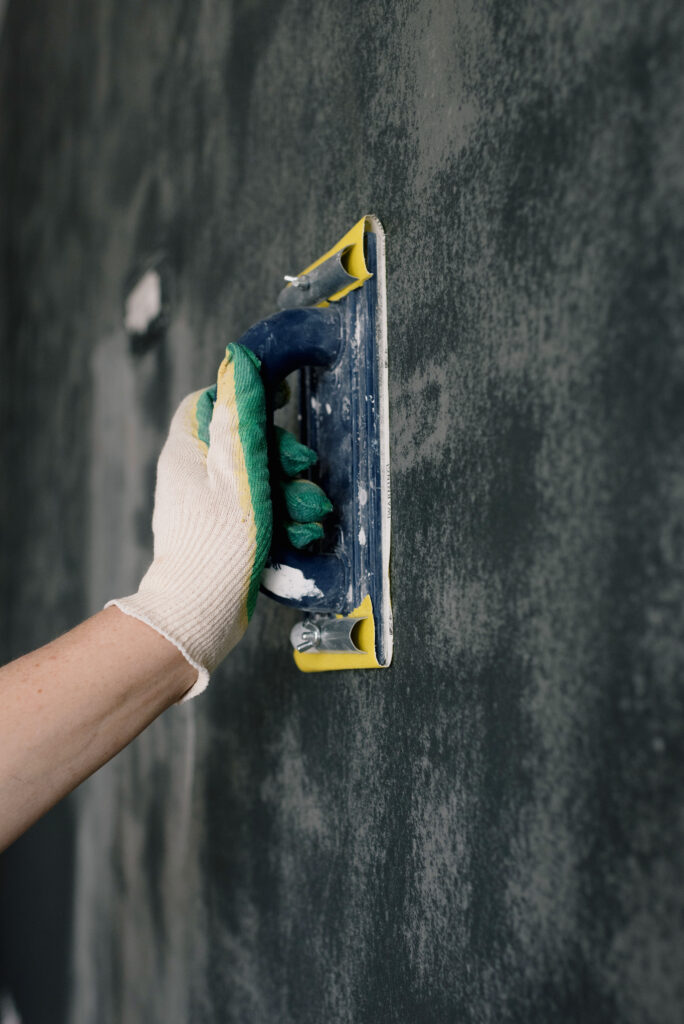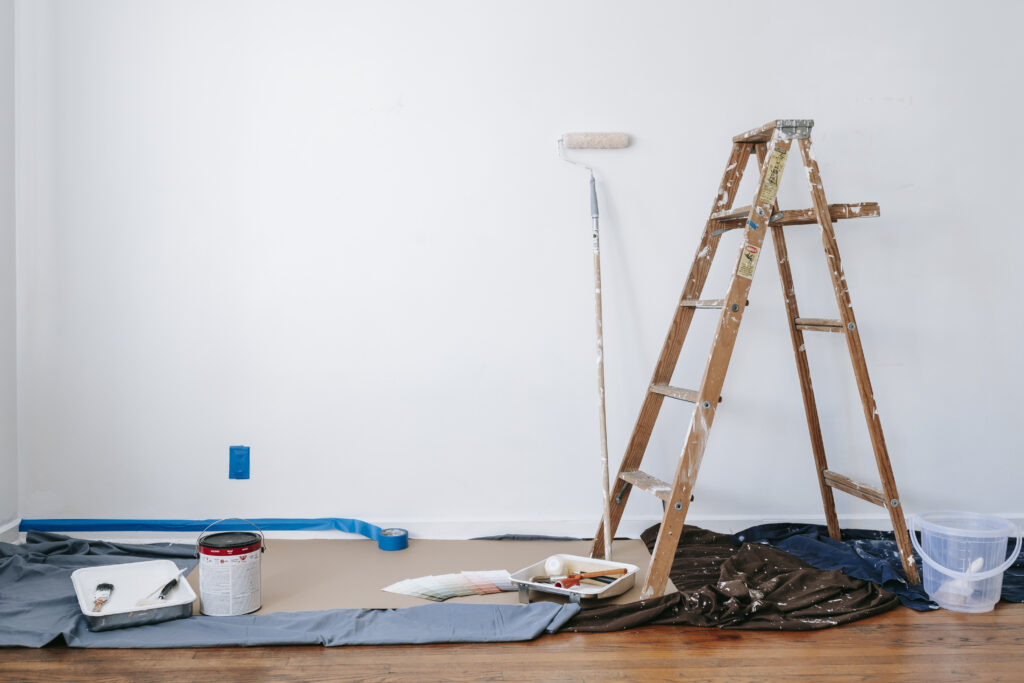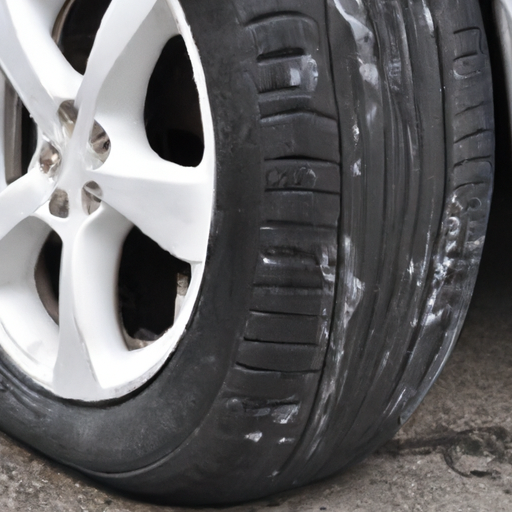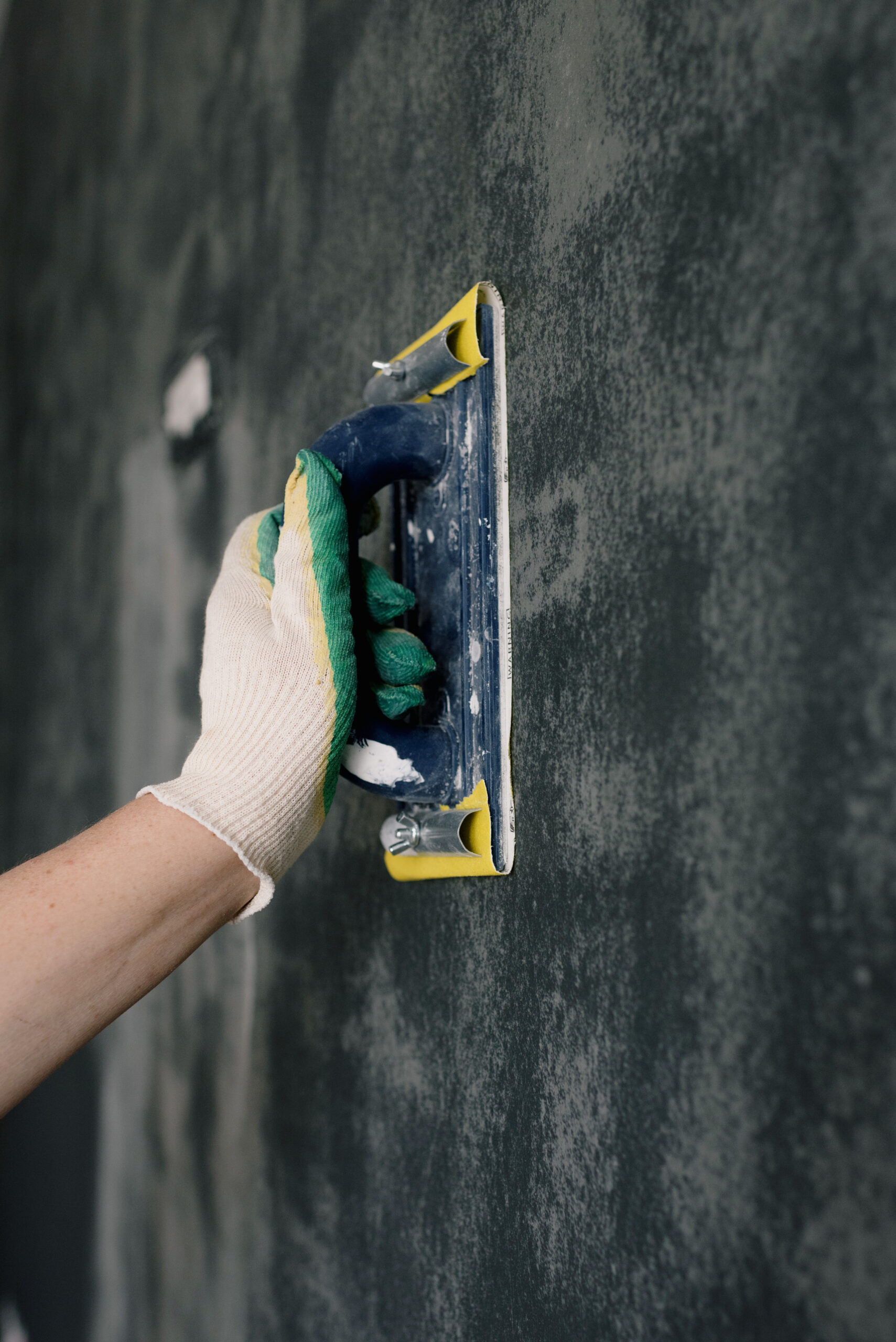So you’ve noticed some damage on the sidewall of your tire and you’re wondering if it’s something that can be fixed. Well, you’re in the right place! In this article, we will explore the topic of tire sidewall damage and discuss whether or not it is repairable. Whether you’ve encountered a pesky pothole or had an unfortunate encounter with a curb, we’ll provide you with valuable insights on what options you have when it comes to addressing this issue. So sit back, relax, and let’s get to the bottom of this tire dilemma!

Types of Tire Sidewall Damage
When it comes to tire sidewall damage, there are several different types that you should be aware of. By understanding these various types, you can better assess the severity of any damage your tires may have incurred and determine the appropriate course of action. Let’s take a closer look at each type of sidewall damage:
Cuts and Gashes
Cuts and gashes occur when sharp objects, such as nails or glass, puncture the sidewall of the tire. These can be quite dangerous as they can compromise the structural integrity of the tire and lead to a sudden blowout. It is essential to address cuts and gashes promptly to prevent any further damage.
Punctures
Similar to cuts and gashes, punctures are small holes in the sidewall caused by sharp objects. While they may not be as severe as cuts and gashes, punctures still pose a risk. If not addressed promptly, they can lead to a loss of tire pressure and potential blowouts.
Bulges and Blisters
Bulges and blisters occur when the inner layers of the tire start to separate, causing a visible bulge or blister on the sidewall. This type of damage is often the result of hitting a pothole or curb with force. Bulges and blisters weaken the tire’s structure and can be a sign of potential failure.
Cracks
Cracks are small, visible separations in the sidewall of the tire. They can be caused by various factors such as exposure to extreme temperatures, dry rot, or prolonged use. Cracks weaken the tire’s integrity and can lead to leaks or blowouts if not addressed in a timely manner.
Scrapes and Scratches
Scrapes and scratches are superficial damages to the sidewall caused by brushing or scraping against curbs, walls, or other objects. While they may not affect the tire’s structural integrity, they can still lead to cosmetic issues and potentially worsen over time if not properly inspected and maintained.
Causes of Tire Sidewall Damage
Understanding the causes of tire sidewall damage is crucial in preventing and addressing any issues that may arise. Here are the common factors that can contribute to sidewall damage:
Road Hazards
Road hazards, such as potholes, debris, or sharp objects on the road, can be a major cause of sidewall damage. Hitting these hazards with force can lead to cuts, gashes, punctures, and even bulges or blisters.
Curbing or Scraping
Misjudging a turn or parking too close to a curb can result in scraping or curbing the sidewall of your tires. This action can cause scrapes, scratches, and potentially weaken the sidewall structure.
Overloading
Overloading your vehicle beyond its recommended capacity puts excessive pressure on the tires, including the sidewalls. This added strain can lead to bulges, blisters, or even sidewall separation if consistently overloaded.
Underinflation
Driving with underinflated tires causes the sidewalls to flex more than necessary, leading to increased heat buildup and stress. This can result in premature sidewall wear, cracking, or even blowouts.
Age and Deterioration
Tires are subject to natural aging and deterioration over time. Exposure to sunlight, extreme temperatures, and the passage of time can lead to sidewall cracks, weakening the tire’s overall structure.
Signs of Irreparable Sidewall Damage
While some sidewall damage can be repaired, there are instances where the damage is beyond repair. It is important to be able to identify these signs to ensure your safety on the road. Here are the signs of irreparable sidewall damage:
Exposed Internal Tire Components
If you notice any exposed internal components, such as cords or belts, protruding from the sidewall, it is a clear sign of irreparable damage. This type of damage compromises the tire’s integrity and should be addressed immediately.
Loss of Air Pressure
A gradual or sudden loss of air pressure, despite no visible puncture or cuts, may indicate irreparable sidewall damage. This can occur when a small puncture or separation compromises the tire’s ability to hold air, resulting in continuous air loss.
Sidewall Bulging
Bulges or blisters on the sidewall can be an indication of irreparable damage. When the inner layers of the tire start to separate or deteriorate, they form a bulge. This compromises the tire’s structure and makes it unsafe for further use.
Sudden Blowouts
If you experience a sudden blowout while driving, it may be due to irreparable sidewall damage. Blowouts can occur when the sidewall fails completely, resulting in a rapid loss of air pressure and potentially causing an accident.
Uneven Tread Wear
Uneven tread wear, specifically concentrated on the sidewall area, can indicate irreparable damage. This can occur when the sidewall is compromised, causing the tire to wear unevenly and potentially compromising its overall performance.
Temporary Solutions for Sidewall Damage
In some cases, you may find yourself in a situation where you need a temporary solution for sidewall damage until you can seek professional help. Here are a few options to consider:
Using Sealants
Sealants can provide a temporary solution for small punctures or leaks in the sidewall. They work by sealing the damaged area and preventing further air loss. However, it is important to note that sealants are not a permanent fix and should be used only as a temporary measure.
Plugging and Patching
Plugging and patching the sidewall can be a temporary solution for small punctures or cuts. This method involves inserting a plug or patch into the damaged area to seal it. While this solution can provide temporary relief, it is crucial to have the tire professionally inspected and repaired as soon as possible.
Installing Emergency Spare Tires
Emergency spare tires are designed to be temporary replacements in case of tire damage. When faced with sidewall damage, installing an emergency spare tire can allow you to continue driving until you can have the damaged tire repaired or replaced.

Professional Repair Options
While temporary solutions may provide immediate relief, it is essential to have any sidewall damage professionally repaired for long-term safety. Here are the two main professional repair options for sidewall damage:
Sidewall Patching
Sidewall patching involves applying a patch to the damaged area. This method can be effective for smaller punctures or cuts that haven’t compromised the tire’s structure extensively. However, patching is not suitable for larger or more severe sidewall damage.
Sidewall Replacement
In cases of irreparable sidewall damage, sidewall replacement is the most appropriate solution. This involves replacing the damaged sidewall with a new one. Sidewall replacement ensures the tire’s structural integrity and overall safety.
Factors Affecting Repairability
The repairability of sidewall damage can vary depending on several factors. Understanding these factors is crucial in determining whether a tire can be safely repaired or if it requires replacement. Here are the key factors affecting the repairability of sidewall damage:
Extent of Damage
The extent of the sidewall damage plays a significant role in determining whether it can be repaired or not. Small punctures or cuts can often be patched, while larger or more severe damage may require sidewall replacement.
Location of Damage
The location of the damage on the sidewall is also an important consideration. Damage closer to the tread area may be repairable, while damage near the tire’s edge or bead area may require replacement due to the increased stress and potential compromise to the tire’s structure.
Tire Age
The age of the tire is an important factor to consider when determining repairability. Older tires may be more prone to sidewall damage and may have already experienced significant aging or deterioration. In such cases, replacement is often recommended.
Tire Type and Construction
The type and construction of the tire can also influence repairability. Some tires, such as run-flat tires or high-performance tires, may have specific repair limitations due to their unique design or construction. Always refer to the manufacturer’s recommendations for guidance.
Manufacturer Recommendations
The manufacturer’s recommendations should always be consulted when determining the repairability of sidewall damage. They provide specific guidelines and instructions based on the tire’s design, construction, and intended use.

Repairing Sidewall Damage Yourself
While it is generally recommended to have sidewall damage professionally repaired, there may be instances where you feel confident in repairing the damage yourself. Here is a step-by-step guide to repairing sidewall damage:
Assessing the Damage
Thoroughly inspect the sidewall for cuts, punctures, bulges, or cracks. Determine the size and severity of the damage to assess whether it can be repaired safely.
Gathering the Necessary Materials
Make sure you have the appropriate materials for the repair, such as a tire patch kit, rubber cement, and other tools as recommended by the manufacturer. Follow the instructions provided with the repair kit.
Patching the Sidewall
Clean the damaged area with a mild detergent and water, ensuring it is free of dirt and debris. Apply the rubber cement to the damaged area and place the tire patch firmly onto the sidewall. Follow the specific instructions provided with the repair kit.
Monitoring and Testing
After applying the patch, monitor the tire closely for any signs of air leakage or further damage. It is crucial to test the tire’s integrity by inflating it to the recommended pressure and checking for any bulges, blisters, or abnormalities.
When to Replace the Tire
While sidewall repairs can be a viable option in some cases, there are situations where tire replacement is the safest course of action. Here are the circumstances in which you should consider replacing the tire:
Adhering to Manufacturer Recommendations
Always follow the manufacturer’s recommendations regarding sidewall damage repairability. If the damage is beyond repair according to their guidelines, it is essential to replace the tire.
Excessive or Unrepairable Damage
If the sidewall damage is extensive, severe, or beyond the capabilities of repair, it is best to replace the tire. Driving with a compromised sidewall can pose a risk to your safety and the safety of others on the road.
Consistent Issues with the Tire
If you find yourself experiencing frequent sidewall damage or encountering repeated issues, it may be a sign that the tire is not suitable for repair. Repeated sidewall damage can indicate underlying issues with the tire’s construction or quality.
Safety Concerns
Ultimately, your safety should be the top priority. If you have any doubts about the integrity of the tire or concerns about the potential risks associated with sidewall damage, it is best to err on the side of caution and replace the tire.

Preventing Sidewall Damage
While it’s important to know how to address sidewall damage, preventing it from occurring in the first place is always the best approach. Here are some preventative measures you can take:
Maintaining Proper Tire Pressure
Regularly check your tire pressure and ensure it is at the recommended level. Underinflation or overinflation can increase the risk of sidewall damage. Follow the manufacturer’s guidelines for optimal tire pressure.
Avoiding Road Hazards
Be vigilant while driving and try to avoid road hazards whenever possible. Pay attention to the road surface, watch out for potholes, sharp objects, and debris, and make necessary adjustments to prevent sidewall damage.
Regular Tire Inspections
Inspect your tires regularly for any signs of sidewall damage, including cuts, bulges, or cracks. This can help identify any issues early on and allow for prompt repairs or replacement if necessary.
Proper Tire Rotation and Alignment
Ensure your tires are properly rotated and aligned to distribute the wear evenly. Proper rotation and alignment can help reduce the risk of sidewall damage caused by uneven pressure or excessive strain on specific areas.
Replacing Worn Tires
Replace your tires when they have reached their recommended tread depth or have become worn. Worn tires are more susceptible to sidewall damage and may compromise your safety on the road.
In conclusion, tire sidewall damage can vary in severity and repairability. It is important to assess the type and extent of the damage, consider the potential causes, and understand the signs of irreparable sidewall damage. While temporary solutions and DIY repairs may be suitable in some cases, consulting a professional is recommended for long-term safety. By taking preventative measures and regularly inspecting your tires, you can minimize the risk of sidewall damage and ensure your continued safety on the road.

